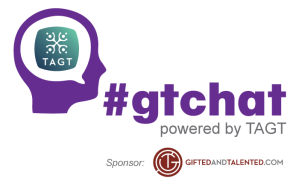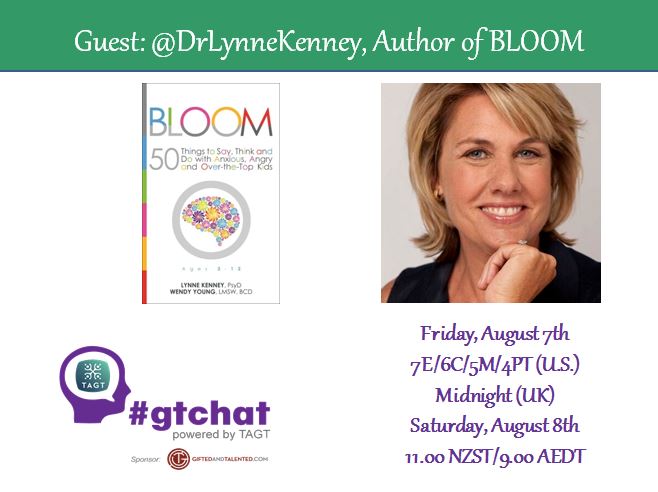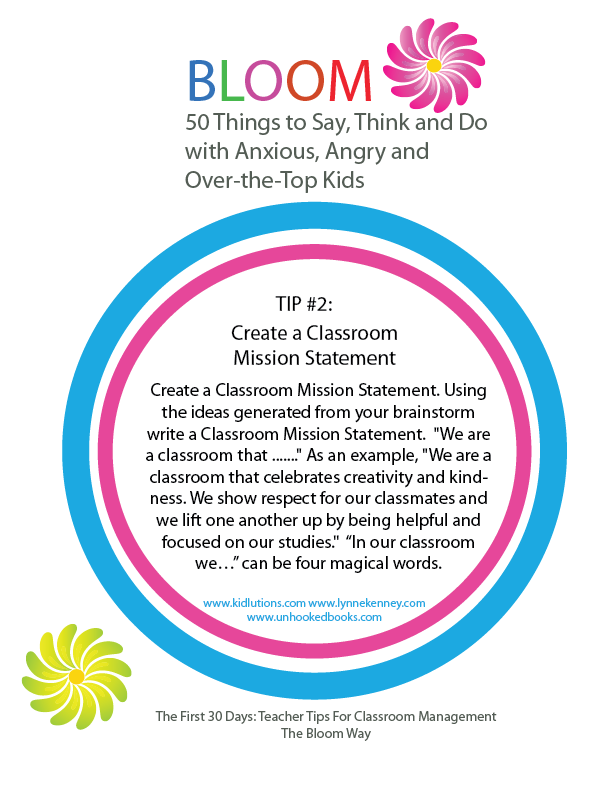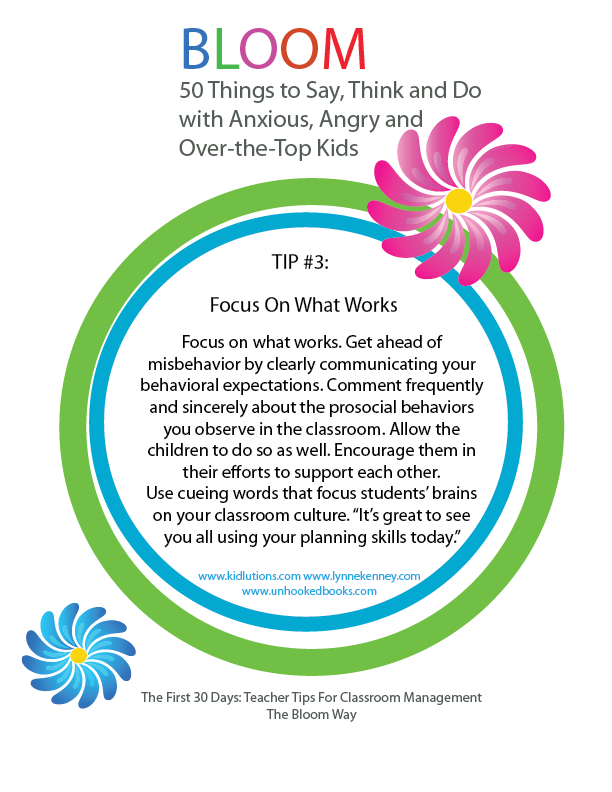This week our guest was Tom Clynes, author of The Boy Who Played with Fusion: Extreme Science, Extreme Parenting & How to Make a Star. If you work with gifted children, advocate for gifted education or are the parent of a gifted child, you will love this book. It is the fascinating story of Taylor Wilson, a science prodigy, who became the youngest person in the world to achieve nuclear fusion at the age of 14.
Our topic this week was ‘Extreme Parenting’ which by any measure would describe the Wilsons’ parenting style. Their counter intuitive approach to parenting flew in the face of conventional wisdom, but proved to be exactly what Taylor needed to reach for the stars and eventually create one for himself.
Beyond a great read, author Tom Clynes makes a convincing argument for the need to provide an appropriate education for gifted children who are languishing in classrooms across the U.S. It is refreshing to hear from someone outside the gifted community establishment come to this conclusion after extensive research into the history of gifted education and seeing first-hand the role education plays in identifying and supporting our nation’s best and brightest.

We first discussed the history of gifted education beginning in the 1950s and how support has declined over the years. Tom told us, “I wrote in The Boy Who Played With Fusion that Nikita Khrushchev did more for gifted education in America than anyone else. The Sputnik launch provoked all kinds of support for intellectually precocious students who were seen as strategic resources. The boom years for bright kids continued into the 1970s; then hit an ideological roadblock in the late 1980s. Specialized education for the academically talented was attacked as being elitist. After 2003, funding for gifted programs was diverted to support the long-overdue focus on the nation’s underachievers. Unfortunately, support for the top of the talent curve is now enjoyed mostly by students who are near the top of the socioeconomic curve. Most of the nation’s gifted students (especially minority and rural children) now have little access to an appropriate education.”

The discussion then switched to the future and what needs to change in how we educate gifted children. Tom had lots of advice on what to do next, “We’ll need to shift the course of an educational culture that has been surprisingly slow to accept its own research. Many educators still cling to the unsupported belief that acceleration hurts children emotionally and socially though hundreds of studies show that most children are happier among intellectual peers. Acceleration has positive, long-term affects on careers, productivity and life satisfaction. Another persistent myth is that it’s expensive to help gifted children develop their talents. Some interventions (such as ability grouping and acceleration by subject) require few resources. These kids don’t need expensive new programs, they just need what older kids are already getting. We also need more teacher training to identify gifted students, and policies to ease early college admission for qualified kids. And educators need to cast a wider net to identify gifted rural and minority students who are often overlooked in talent searches.” You can read more about acceleration here.
“Many educators still cling to the unsupported belief that acceleration hurts children emotionally and socially though hundreds of studies show that most children are happier among intellectual peers.” ~ Tom Clynes
What are the implications for a nation that chooses to ignore its top students? Tom offered his insights in telling us, “It’s becoming clearer that a nation’s prosperity will depend, increasingly, on the intellectual capability of its population. But U.S. efforts to develop the high end of that capability have stalled; other nations have pushed ahead with innovative programs. By forsaking potential world-changers, we’re hobbling our economies and denying our civilization its next generation of innovators. These are the future Salks, Mozarts, and Curies who will figure out the riddles and push the frontiers of knowledge forward. Instead of trying to rebuild the nation’s talent pool, we are squandering a crucial resource: our brightest children.”
In ‘The Boy Who Played with Fusion’, we see Taylor Wilson’s parents use what Tom Clynes refers to as an ‘extreme parenting’ style which challenges traditional parenting. Tom explains, “By the time Taylor was 11 years old he was collecting and experimenting with radioactive materials, some supremely scary stuff. Instead of doing what most parents would regard as common sense – keeping their kid away from things that could kill him … Tiffany and Kenneth took a counter-intuitive approach to nurturing Taylor’s talents. The lengths to which they were willing to go to support Taylor as he pursued his unnerving interests were, to me, even more impressive than Taylor’s intrinsic talents. At 14, he became the youngest person to build a working nuclear fusion reactor, a miniature sun on Earth. His parents brought in educators and mentors to guide Taylor…so he could pursue his interests safely.” You can read more on that here.

In his book, Tom talks about a household culture of “intellectual spoiling”. How can parents create such a culture? Tom suggests, “Compare to “Helicopter parents,” who push their children as hard as they push the system hovering over their every move, steering them toward the parents’ choices. Child psychologists and educators say there’s a better way: Let children pilot their own helicopters. I call it Helicopter Parenting 2.0 . Parents provide the fuel—supplies, mentors, encouragement and then jump aboard and let the kids fly as far and in whatever directions their developing passions and talents take them. Under this new model of parenting, parents create household cultures that encourage children to take intellectual risks. They feed their children’s curiosity by developing customized, hands-on opportunities and by building a base of support that’s both intellectual and emotional.”
“Helicopter Parenting 2.0: Parents provide the fuel—supplies, mentors, encouragement and then jump aboard and let the kids fly as far and in whatever directions their developing passions and talents take them.” ~ Tom Clynes
Finally we discussed what it takes for ‘scary smart’ kids to succeed. Tom said, “Kids whose abilities are identified early and whose talents are supported are most likely to grow into creative, high-achieving adults. The support includes individualized learning experiences, acceleration when appropriate, mentorship opportunities, and social-emotional support. At school, children thrive when there’s active, interest-based learning rather than forced effort. But…beware of labels: Once a child is labeled gifted, the pressure to perform can become an emotional burden. Some students become worried about protecting their image and start avoiding opportunities to grow if there’s a chance of failure. Encourage children to take intellectual risks and open themselves up to failures that will help them learn.”
A final thought offered by Lisa Lauffer of Create Miracles was, “We parents get to enjoy guiding these unique kids along their paths. Let’s enjoy the journey!” A transcript of this chat may be found at Storify.
Global #gtchat Powered by the Texas Association for the Gifted and Talented and sponsored by GiftedandTalented.com is a weekly chat on Twitter. Join us Fridays at 7E/6C/5M/4P in the U.S., Midnight in the UK and Saturdays 11 AM NZST/9 AM AEST to discuss current topics in the gifted community and meet experts in the field. Transcripts of our weekly chats can be found at Storify. Our Facebook Page provides information on the chat and news & information regarding the gifted community. Also, checkout our Pinterest Page and Playlist on YouTube.
 About the author: Lisa Conrad is the Moderator of Global #gtchat Powered by TAGT and Social Media Manager of the Global #gtchat Community. She is a longtime advocate for gifted children and also blogs at Gifted Parenting Support. Lisa can be contacted at: gtchatmod@gmail.com
About the author: Lisa Conrad is the Moderator of Global #gtchat Powered by TAGT and Social Media Manager of the Global #gtchat Community. She is a longtime advocate for gifted children and also blogs at Gifted Parenting Support. Lisa can be contacted at: gtchatmod@gmail.com
Links:
“Extreme Science, Extreme Parenting…” Extreme Giftedness
The Boy Who Played with Fusion (Popular Science)
Taylor Wilson: My Radical Plan for Small Nuclear Fission Reactors 2013 (TED Talk)
Taylor Wilson The Boy Who Played with Fusion 2014 (You Tube 41:53)
Would You Let Your Kids Play With Fusion?
Why This 14-Year-Old Kid Built a Nuclear Reactor
The “rage to master”: What it Takes for Those Scary-Smart Kids to Succeed
Is the U.S. Overlooking Its Most Gifted Students?
‘If I burn out, I burn out’: Meet Taylor Wilson, Nuclear Boy Genius
The Boy Genius and the Genius in All of Us
Taylor Wilson, Teenage Nuclear Scientist, Redesigns Nuclear Power
Taylor Wilson, Nuclear Prodigy (video)
Tom Clynes: The Boy Who Played with Fusion Interview (audio)
Cybraryman’s Parents and Teachers Page
Graphics courtesy of Lisa Conrad.









